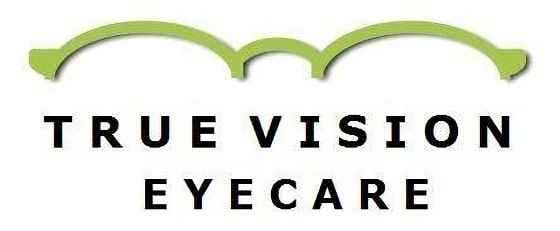
Glaucoma leads to mild to severe eyesight damage but is asymptomatic in its early stages. Usually, it is only diagnosed after the disease has caused so much damage that lost vision cannot be recovered. That’s why it’s crucial to screen for glaucoma.
Glaucoma includes a set of eye diseases that inhibit the optic nerve, which relays images from the retina at the back of the eye to the visual center in the brain. Glaucoma is characterized by high intraocular pressure, referring to abnormal pressure within the eyeball. So, typically, glaucoma screening checks your eyes for this classic sign. However, a true diagnosis of glaucoma can only be made with a comprehensive eye exam including a dilated eye exam or retinal scan. For those at risk, our optometrist will scan your eyes with an OCT nerve fiber analysis system to check for optic nerve damage associated with glaucoma.
Glaucoma Screening
There are two well-known glaucoma screening tests for intraocular pressure.
- Puff Test: A puff of air is blown at the surface of the eye, and this device measures the eye’s reaction to determine the internal pressure within the eye.
- Applanation tonometer: A special tool is used to "touch" the eye’s outer surface and assesses the pressure behind it. Anesthetic eye drops are used to prevent discomfort.
Increased intraocular pressure is an indication of glaucoma, but this sign alone is not enough to confidently diagnose glaucoma. To diagnose glaucoma, we must examine the retina and optic nerve, which are located at the back of the eye, and are involved in receiving and relaying the visual information that comes through the pupil.
Glaucoma Treatment
Generally, glaucoma is successfully managed using nightly eye drops. While the drops are not a cure, using them diligently does prevent further vision loss associated with glaucoma.
Glaucoma: Causes, Symptoms, and Treatments
Information from this article has been provided for by The EyeGlass Guide.
